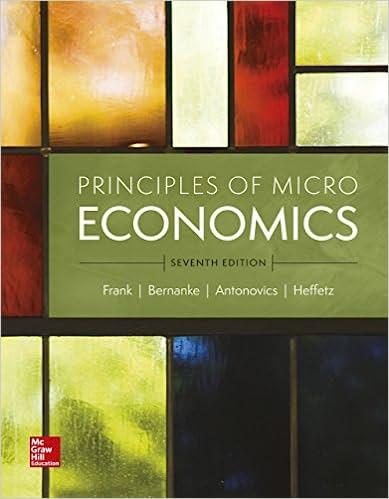Answered step by step
Verified Expert Solution
Question
1 Approved Answer
Mark can work up to 8,760 hours per year. He earns $20 per hour of work from his employer but he pays taxes on the
Mark can work up to 8,760 hours per year. He earns $20 per hour of work from his employer but he pays taxes on the income he earns. He pays no taxes on the first $5,000 (his "deductible") he earns. He then pays a marginal tax rate of 20% for any dollar earned above the deductible1 With his after-tax income Mark purchases consumption goods. Assume throughout the question that: i. The price of consumption goods is held constant at 1 (therefore, goods = income), ii. Both leisure and consumption goods are strictly normal goods, and iii. Mark does not earn any exogenous income. a) Putting hours of leisure on the x-axis and consumption of goods on the y-axis, illustrate Mark's budget set. Make sure you include the numerical value of his maximum net income. b) How many hours does Mark have to work to earn the deductible of $5,000? c) Is the opportunity cost of leisure in units of consumption goods constant? d) What are the possible values for the opportunity cost of leisure in units of consumption goods? e) Is this income tax proportional, progressive or regressive? In other words, will the average tax: increase
Step by Step Solution
There are 3 Steps involved in it
Step: 1

Get Instant Access to Expert-Tailored Solutions
See step-by-step solutions with expert insights and AI powered tools for academic success
Step: 2

Step: 3

Ace Your Homework with AI
Get the answers you need in no time with our AI-driven, step-by-step assistance
Get Started


